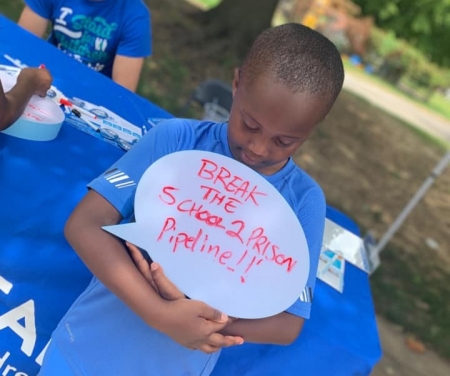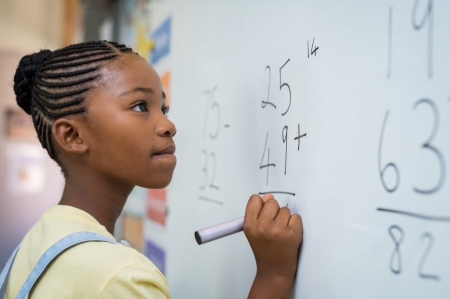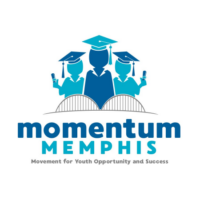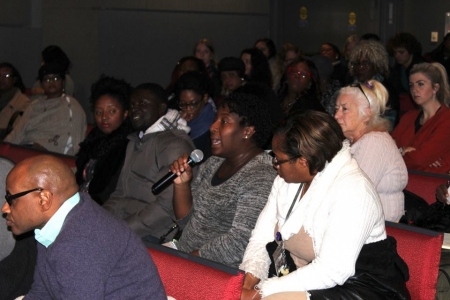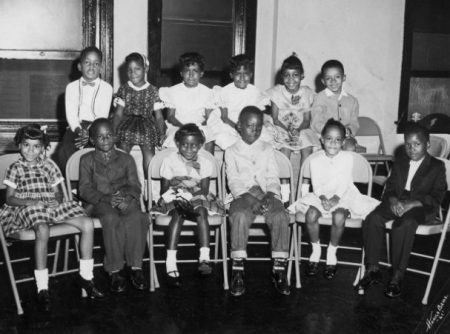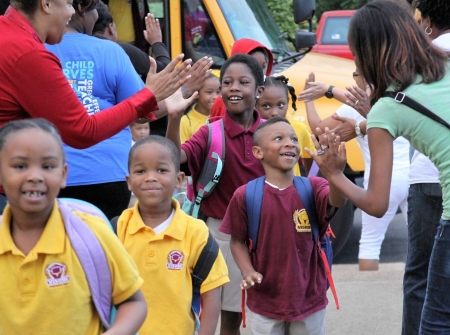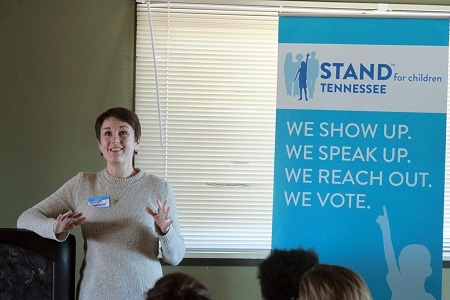Apparently, Memphis has “momentum.” As the City of Memphis celebrates 200 years and moves into its third century, many are excited to reflect on its history and to praise the city’s accomplishments. While I recognize the progress of the past two centuries, I would be remiss to not point out that Memphis’ homicide rate was the third-highest among the country’s 50 largest cities last year, 39% of Memphis children live below the poverty line (the second-highest rate in the nation), and Memphis ranks poorest among major American metropolitan areas. I cannot celebrate “momentum” if youth in Memphis are barely surviving the dangerous rapids of poverty, systemic violence, and educational neglect while our city invests far less than 1% of its $700 million budget in youth and education.
Many believe that the solution to creating better opportunities for our youth can be found in attracting more businesses to deliver more jobs or getting the Grizzlies to donate a basketball court or cracking down on schools and parents to “do better”. While these things can make marginal improvements to the city, we must first build a sturdier foundation on which to improve. What good are jobs when the population is ill-prepared for the jobs of tomorrow that could deliver them from the atrocities of poverty? What use is a basketball court when parents are too afraid to send their child to use it? What more can teachers do when so many of our students leave our classrooms to endure the traumatic and violent experience of poverty on a daily basis?
As an educator, I know that we cannot continue to apply the same solutions hoping to solve the problems that our youth consistently face. To do so is quite literally the definition of insanity. Our solutions must be bold and innovative – qualities that the city has never in its 200 years attempted to embrace.
We need direct, strategic investments in areas that will positively impact the future success of our youth if we want to produce more successful schools, safer neighborhoods, and a thriving city.
All students, regardless of their academic, social, or behavior struggles, deserve direct investment in the neighborhoods, programs, and schools in which they are raised. To enable that, the city should create a dedicated fund that is specifically set aside to support Memphis youth with greater equity. Such a fund will ensure that the level of investment in youth will not waver with each election.
Currently, the only dedicated funding for youth from the City of Memphis is 0.3% of property taxes for Pre-K only. One penny of the current tax rate of $3.19 amounts to about $1.3 million. While this is worth a nod, imagine the impact if the city increased its investment tenfold. Only 3% of the revenue generated from property taxes could generate about $13 million each year to invest in youth!
We ought to take a cue from other cities where youth funds have been provided by budget allocations or appropriating a set-aside of property or sales taxes. In 1991, San Francisco voters decided to set aside 4% of property taxes for the nation’s first children’s fund. Voters overwhelmingly renewed their decision in 2000 and again in 2014, guaranteeing funding until 2039. In Baltimore, 80% of voters decided to set aside $12 million each year from property taxes to invest in youth.
In 2004, the Memphis Youth Guidance Commission was created to serve as an objective, nonpartisan youth research and advocacy body for city government, but it has been mostly dormant since the 2012 school merger. This apolitical body could be a starting point for conducting research to determine funding priorities and ensure accountability for a fund to benefit youth and K-12 education initiatives.
Those opposed to such initiatives, like many incumbent members of city government, may remind us that, since 2012, “Memphis is out of the education business.” Their reasons over the years have included maintenance of effort (a state mandate to continue funding at a certain level) and lack of accountability from the school district. For that reason, I must point out that a fund administered by a third party allows for an innovative way to pay for youth and education programs that does not trigger maintenance of effort, can maintain a high standard of accountability, and has the benefit of increasing equity in local funding. The district and other public education-related non-profits could apply for funding to support targeted, evidence-based programs focused on areas such as early literacy, high school success, and college and career preparation. None of these things are being adequately supported by state and local funding to Shelby County Schools. Furthermore, I would argue that education itself is largely underfunded based on the needs in our Memphis communities.
Just last year, city leaders decided to allocate roughly $260 million (nearly 40% of the entire municipal budget) for the Memphis Police Department. This amount increases yearly, yet Memphis is still considered unsafe. It is clear that a constant increase of funding to the police department will not, by itself, actually improve the city. If the City of Memphis can afford a quarter of a billion dollars for the MPD (including dollars spent spying on activists and citizens who challenge injustice, killing Black citizens in need of mental health services, and over-policing communities while paradoxically leaving them underprotected), then surely it can spare $13 million (a meager 5% of its current police budget) to invest its youngest residents and the future of Memphis.
As an educator and community advocate with Stand for Children, I know we cannot afford to sit idly by while our government negligently ignores its moral obligation to our children. The need is clear. Funding opportunities are plentiful. A body to monitor this fund already exists. All that is missing is a government and elected officials willing to prioritize youth.
If the current occupants of city hall are unwilling to do what is right by investing meaningfully in our youth, then we must do the hard work of replacing them. As Marian Wright Edelman once said, “If we don’t stand up for children, then we don’t stand for much.” Stand up for Memphis youth with me by organizing and voting in the city elections on October 3.




